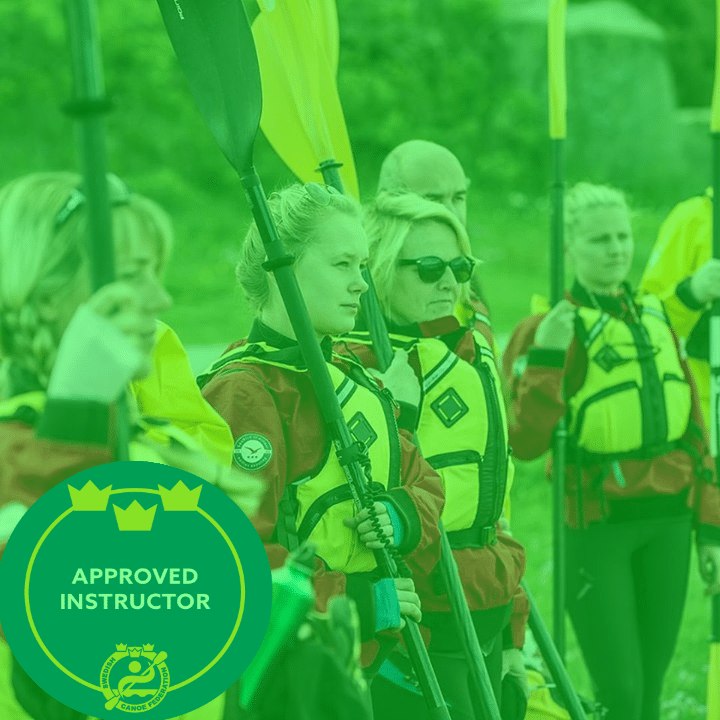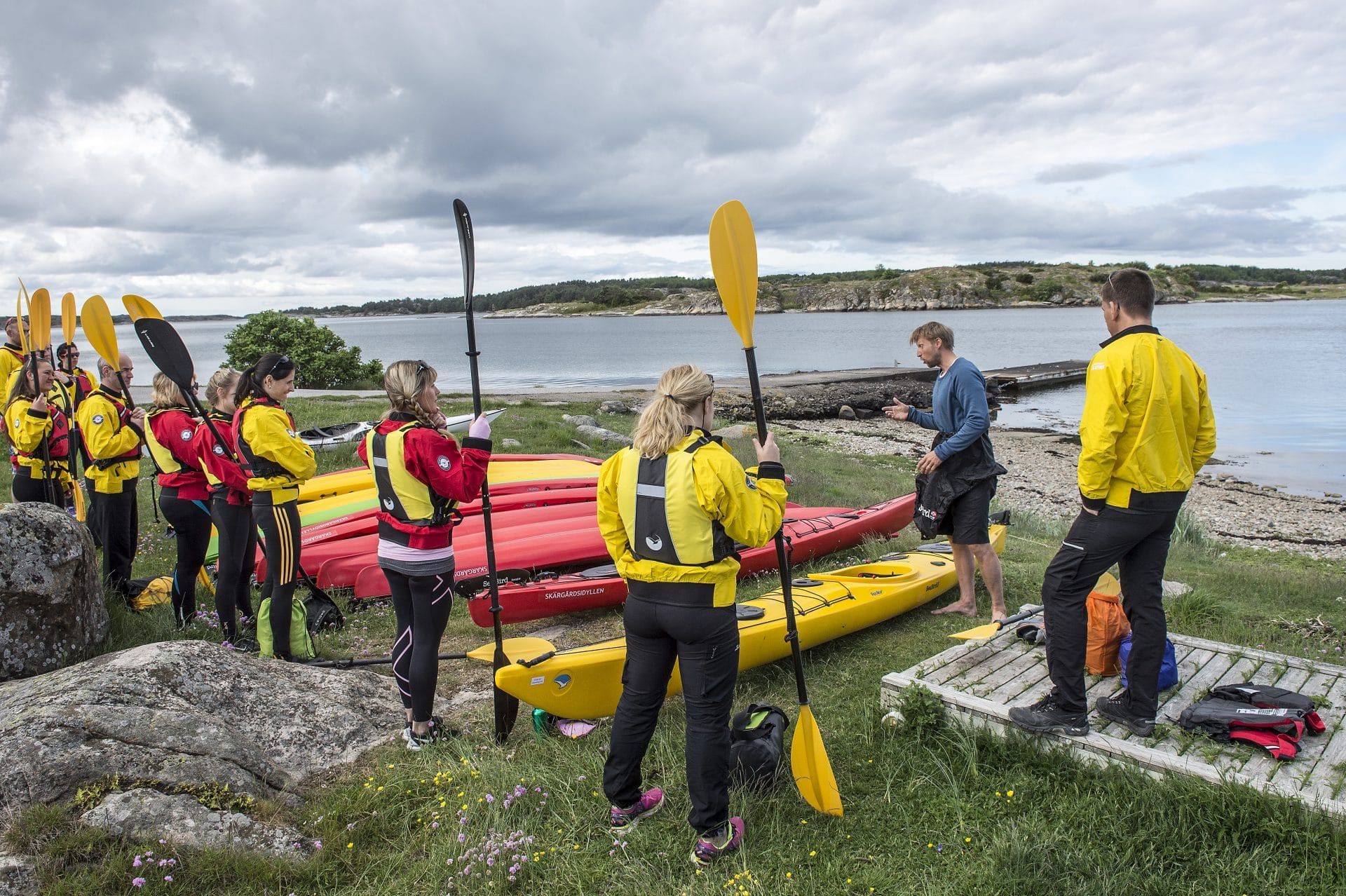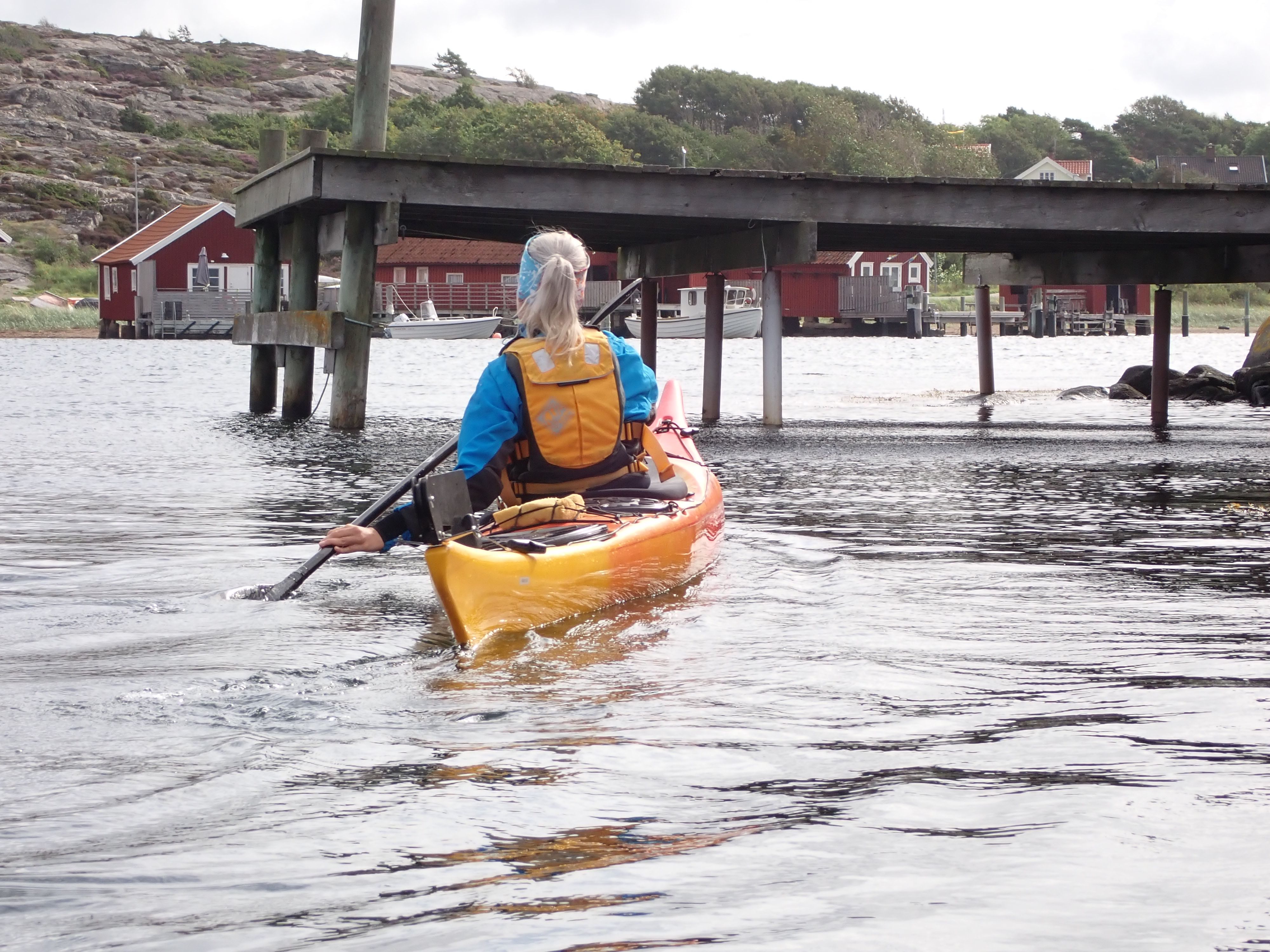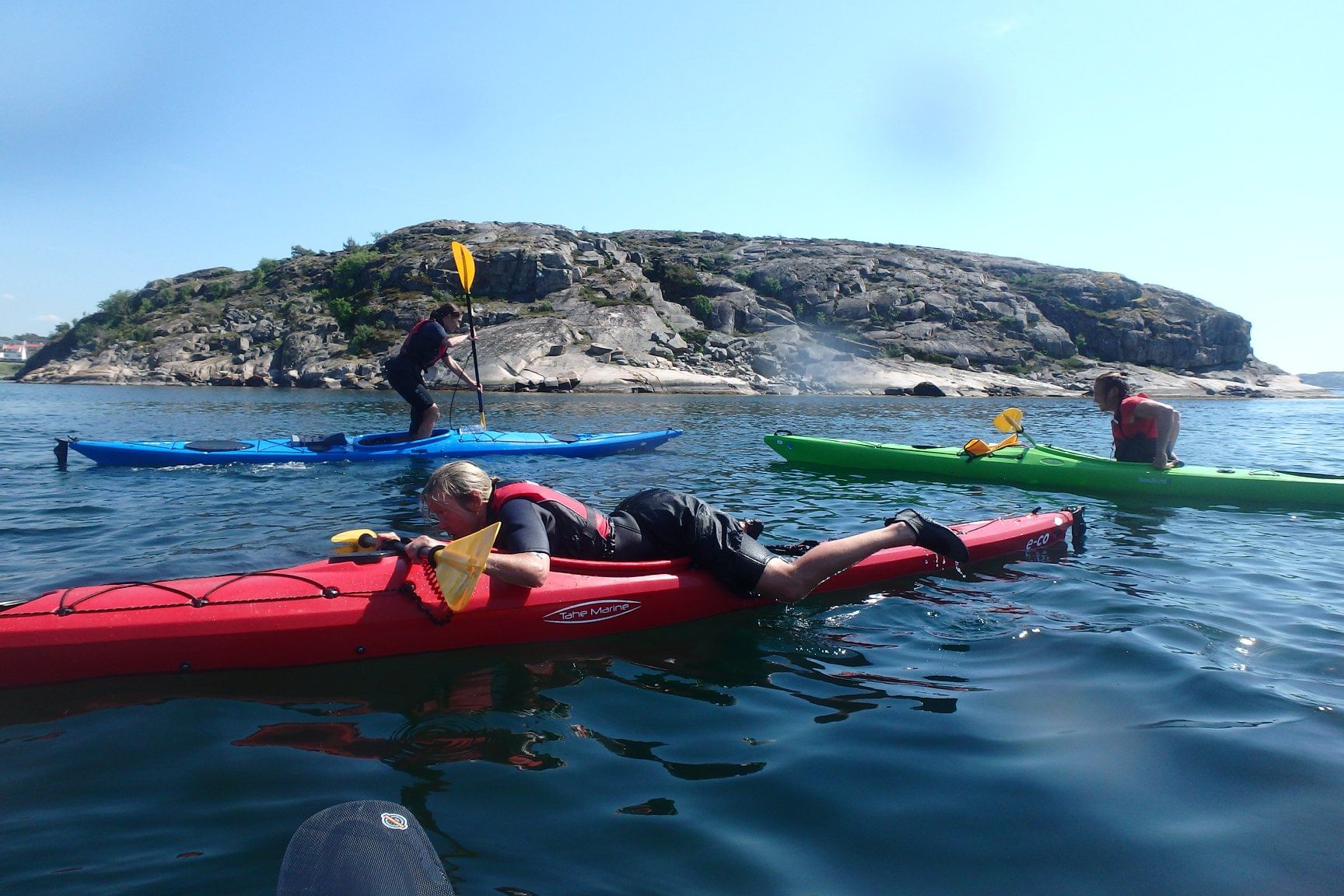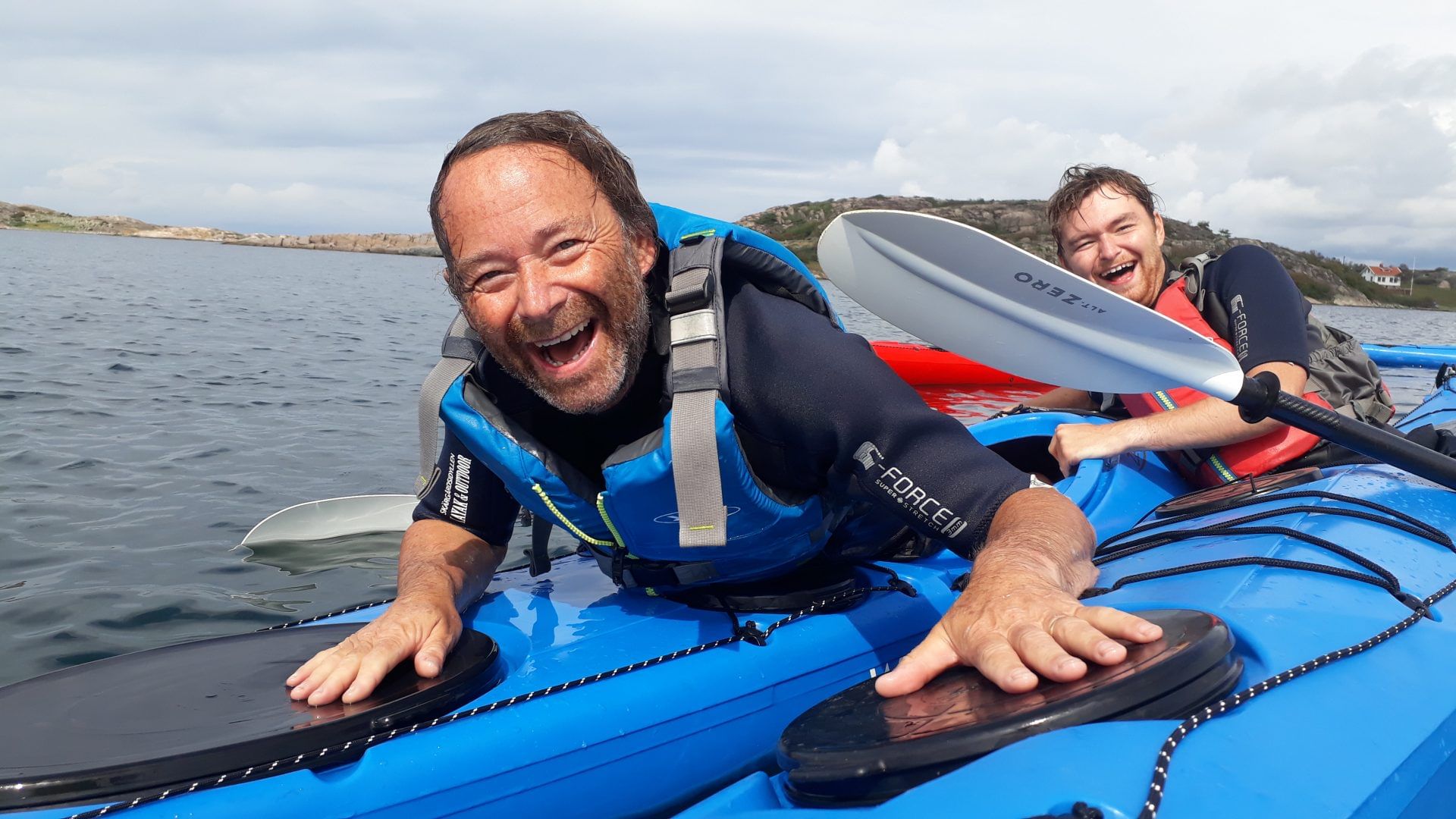Euro Paddel Pass, EPP level 2
Euro Paddel Pass, EPP level 2
4 hours
Moderate
The canoe and kayak federations in Europe has set a standard certification system with regards to kayak skills, safety and environmental concerns. Level 1 focus on basic paddling technique in calm waters.
The canoe and kayak federations in Europe has set a standard certification system with regards to kayak skills, safety and environmental concerns. The goal is to offer a mutual, clear system for improved skills and knowledge for all levels and areas within the kayak and canoe federation. The requirements are pretty much the same in all countries som local adjustments has been made with respect to nature and local differenses.
An improvement award that covers the basic flat water skills. The emphasis is on creating the desired movement of the boat through developing an understanding of cause and effect rather than concentrating on rigidly defined strokes. The assessment of this award should take place during a flat water journey of at least 2 hours (6 km)
TECHNICAL STANDARDS
Lifting, carrying and launching
- The candidate should demonstrate safe lifting and carrying principles using their legs.
- The paddle must remain within easy reach or can be used to assist embarking.
- Correct approach to waterway relative to gradient, current, and type of bank or shore.
- Control must be maintained whilst entering the water.
Efficient forward paddling
- The candidate should paddle a distance of about 200m.
- Posture upright but natural.
- Demonstration of continuous natural rhythmic paddling with some trunk rotation should be in evidence.
- Candidate should achieve a reasonable degree of steering accuracy to including 50m at a good cruising speed.
Reverse paddling and stopping
- The candidate should demonstrate controlled and reasonably accurate reverse paddling over a distance of 25m towards a point defined by the assessor.
- Look over one shoulder and unwinding the trunk to produce power while reversing.
- Back (non-drive) face of the paddle presented to the water.
- For stopping, the kayak should be travelling at a good cruising speed in the opposite direction should and stop within 4 strokes.
Draw strokes and moving the kayak sideways
- The candidate should move boat sideways 5m retaining directional stability.
- Blade to remain submerged throughout stroke.
- Top arm should be no lower than shoulder height.
- Demonstration of good body rotation should be in evidence.
- Lower arm should extend fully at start of stroke, while top hand acts as pivot.
Low brace support to avoid capsizing
- Demonstrate on both sides, efficient low recovery stroke with the boat off balance.
- A good firm push, with associated hip rotation, should be evident.
Stern rudder
- The kayak to be paddled up to a good speed then kept running in a straight line through a narrow gap by the use of a trailing paddle
- In the case of an assessment in a kayak with a rudder the candidate must understand and be able to use a ruddering action. Kayak to be paddled up to a good speed then kept running in a straight line.
Low brace turn
- The kayak should be turned while on the move first using a series of sweep strokes, secondly a low brace turn.
- The low brace turn is to be induced by a short effective sweep on the opposite side followed by a good edge into the turn; the paddle should be in the low brace position, level or just in front of hip, shaft as parallel to surface of water as kayak should allow, back of the blade on the water. The kayak carves a slow, stable turn.
Disembarking
Correct approach to the bank, exit kayak while maintaining balance and control of the boat. Exit without damaging the kayak or the bank.
Securing
The candidate must understand the concept of securing boats at the end of the session, either by tying down or putting onto purpose-made racks, using ropes with a secure knot.
PROGRESSION
Show sufficient beginnings of:
High recovery stroke
- Where the kayak is appropriate for high recovery stroke at this stage the candidate must be showing development that is safe and within the paddlers ‘box’.
- The boat must be moving towards being off balance with water up to the candidate’s waist
Ruddering
- With forward movement of the canoe/kayak, the paddle should be inserted to one side of the boat.
- Blade should be almost covered, front arm relaxed over stomach, shaft parallel to side.
- The kayak/canoe should be kept running in a straight line with the paddle remaining on the one side.
Sculling draw
- Body turned towards gunwale.
- Paddle shaft fairly upright, drive face towards the kayak and deep in the water.
- Kayak edged slightly to avoid water going onto deck.
Edging
- The candidate should paddle a circle with inside and outside edging being evident.
- The direction of the turn, which is induced, is not significant.
Sculling draw
- Body turned towards gunwale.
- Paddle shaft fairly upright, drive face towards the kayak and deep in the water.
- Kayak edged slightly to avoid water going onto deck.
SAFETY STANDARDS
Capsize, swim ashore and empty
- Capsize and release spray deck - the candidate should remain calm and quickly regain and maintain contact with the boat.
- The paddle should be retained, or collected by swimming the kayak to the paddle.
- Swim not more than 10 metres and empty the kayak on the shore.
Jump out and climb back in (assisted)
- In deep water jump out while retaining contact with the kayak, and climb back into the kayak.
- The candidate may have assistance from a second person that is also in the water.
Eskimo rescue
- Where the kayak is appropriate the candidate must demonstrate recovery with lower body rotation from an upside down position while maintaining a hold on the rescuer’s bow (may be preceded with practice until recovering from an upside down position).
Deep water resque
- Take part in a deep water rescue without assistance
Water confidence
Show water confidence appropriate to venue and weather
Equipment standard
Basic kayak, SUP-board or canoe and paddle.
Personal Protective Equipment
Flotation as appropriate to kayak, adjusting outfitting, spray deck, buoyancy aid and helmet as appropriate
Exclusions
What to bring
We recommend that you dress according to the weather, sun/wind/rain protection and please bring an extra set of clothes in case you get wet.
Experience type
Day tour / activity
Attributes
Adults only · Eco friendly · Couples · Family friendly · Outdoor · Senior · Youth
Booking in advance
Can be booked no later than 8 hour(s) before start time
Categories
Kayaking · Classes / workshops

